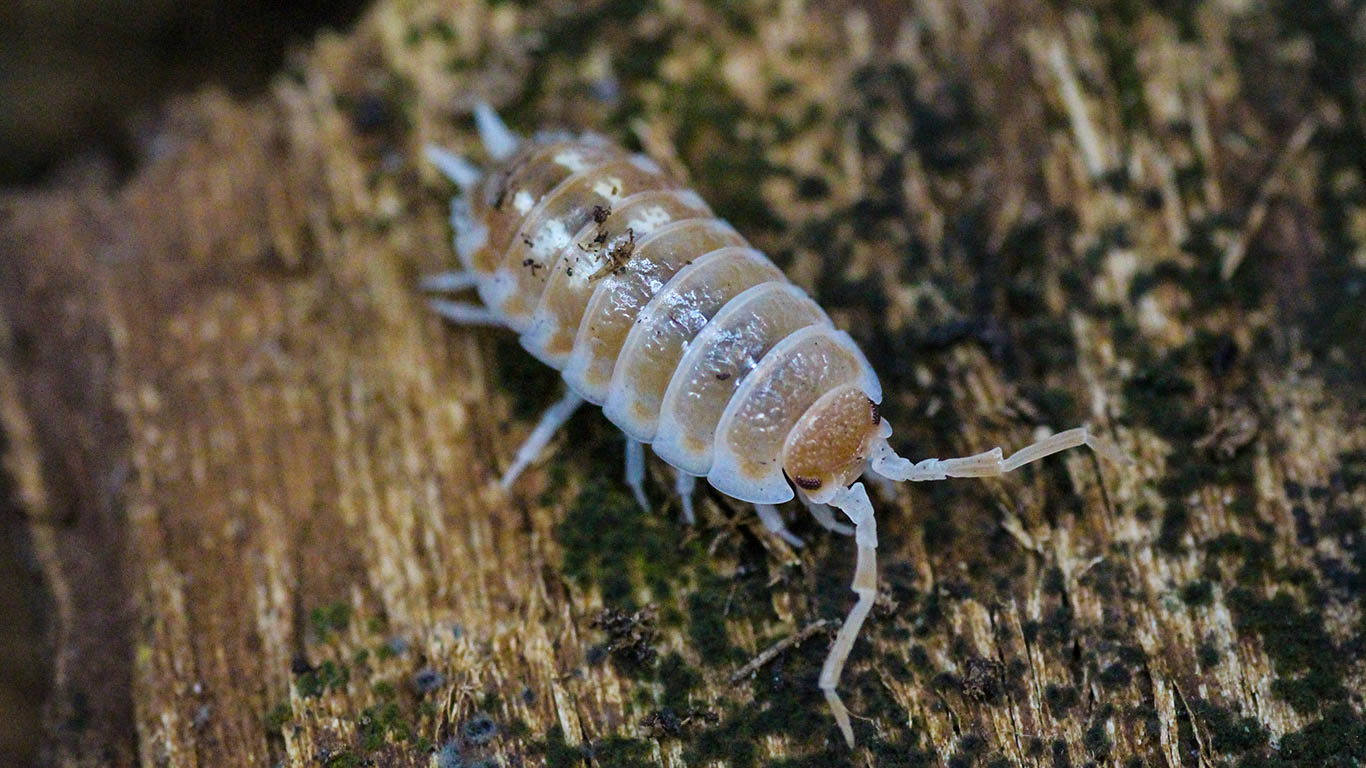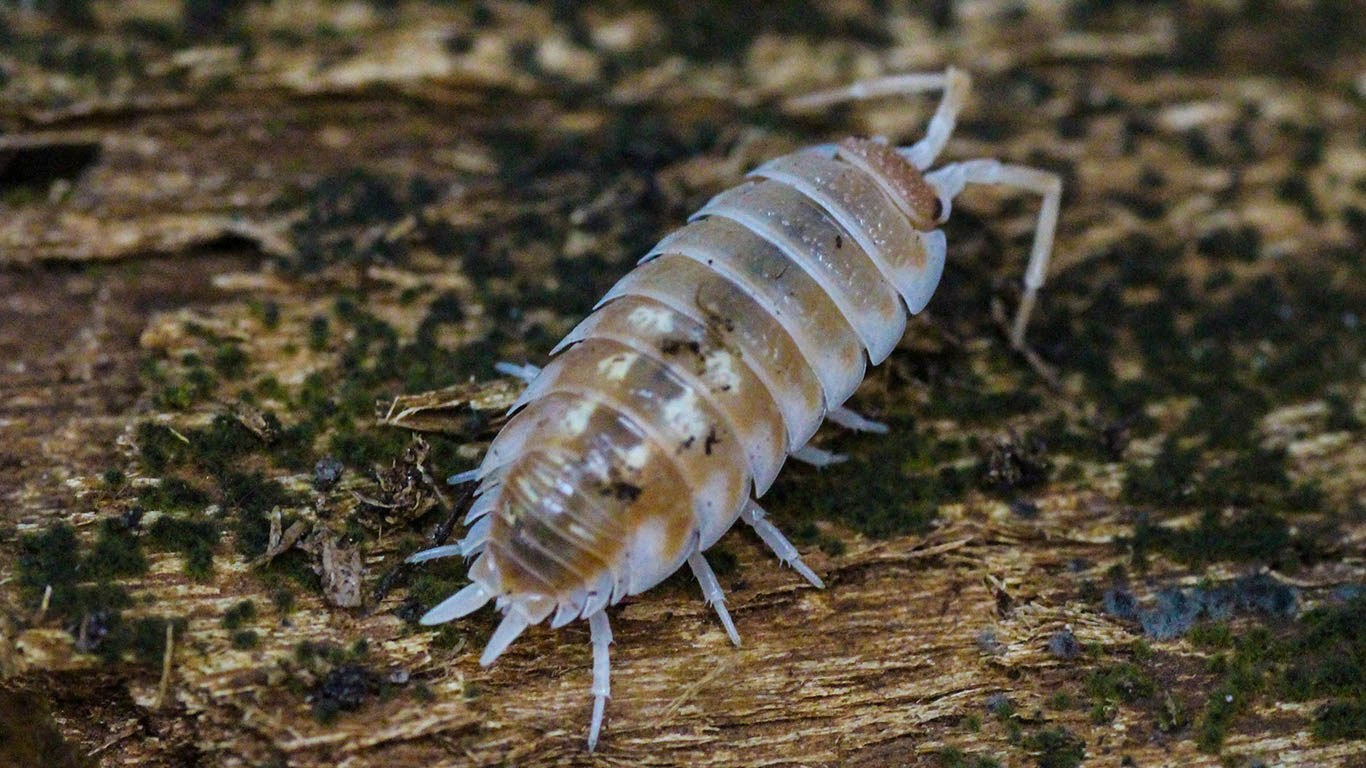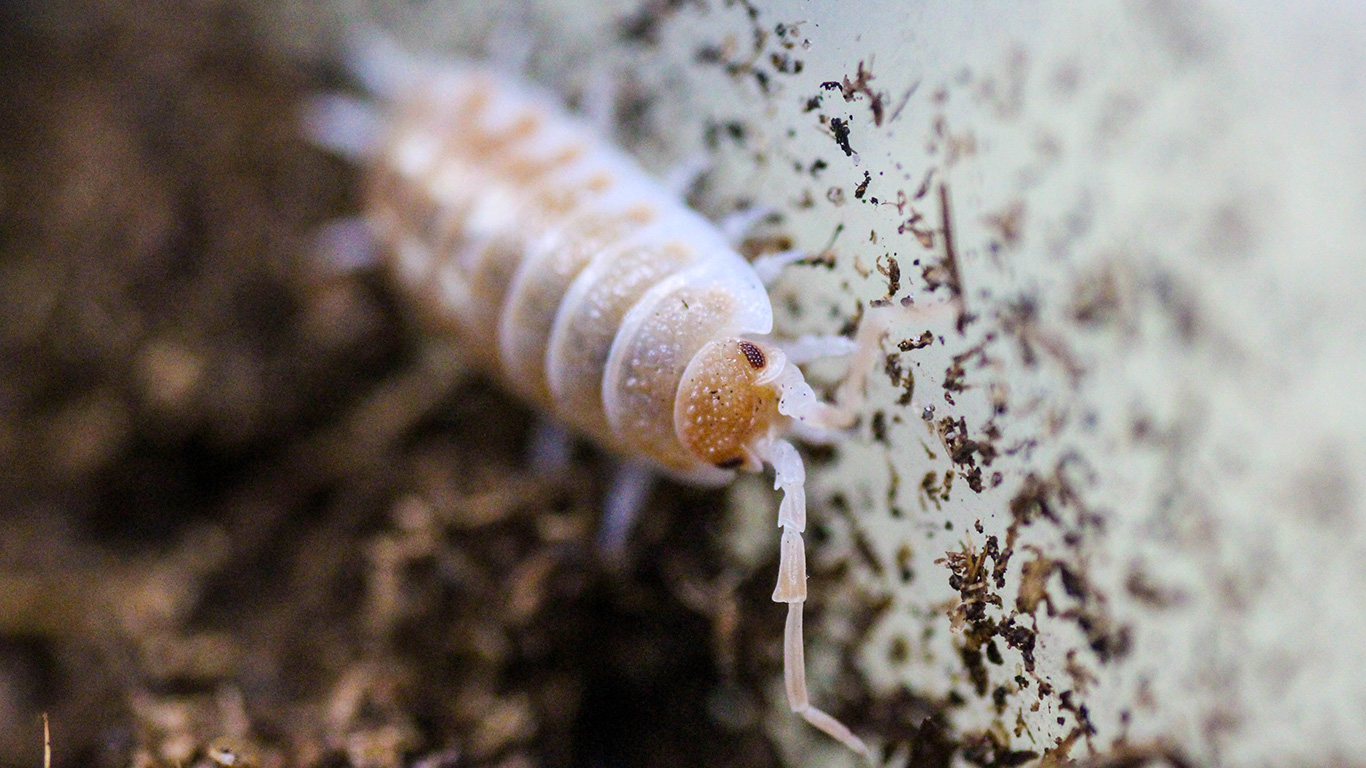Breeding-Magazine
Porcellio ornatus “sandstone”
A new color mutation has emerged! It’s always a great thing to see an animal you’ve never seen before. Of course it’s great when someone shows a photo of a new mutation and you look at the color variation in amazement and envy at the same time. However, the enthusiasm is a bit higher when you discover such an isopod in your own breeding box. We have gained the following experience with color mutations, which occasionally occur in isopod breeding approaches:
Colour mutations usually occur in wild-coloured animals.Only once we found a Porcellio laevis “t- Albino” in a Porcellio laevis “orange” breeding set. Unfortunately this animal died after shortest time, so that we could not breed out this mutation. Otherwise all color mutations, which we have selected in our current breeding, arose from isopods, which also occur in the wild. If you have other experiences, you are welcome to write them in the comments below.
row


That’s why the mutation of Porcellio ornatus “sandstone” in the Porcellio ornatus “Nominat” breeding box appeared. Usually we find such specialities when collecting your orders. Often the discovered woodlise are still relatively small and we wait with the selection until they are subadult. This saves us a lot of work, because we are often to quick to be happy. Some young animals are lighter or have a completely different colour than the older ones and are perceived as mutations. This changes in the course of time and with increasing age they take on the colouring of their parents.
I am not a friend of names like Caramel, Cappuccino or other invented names, because they only confuse us and we have to remember them somehow. Often the color mutations fit into already existing variants like brown, orange, high yellow, etc. and it is not necessary to name these animals differently just because they occur in another subspecies. In this case I acted differently and this has the following reason: I am not sure in which direction this color mutation will go. For me, the color image is a mixture of orange and brown and therefore does not fit into any existing pattern. If this should change during the subsequent selection, I will change the naming to an already existing name.


We currently have a female P. ornatus “sandstone”. As we have already found her pregnant in the breeding box, we have not added any more isopods and are already waiting to see when the next generation will hatch and how they will develop further.
I will keep you up to date.



